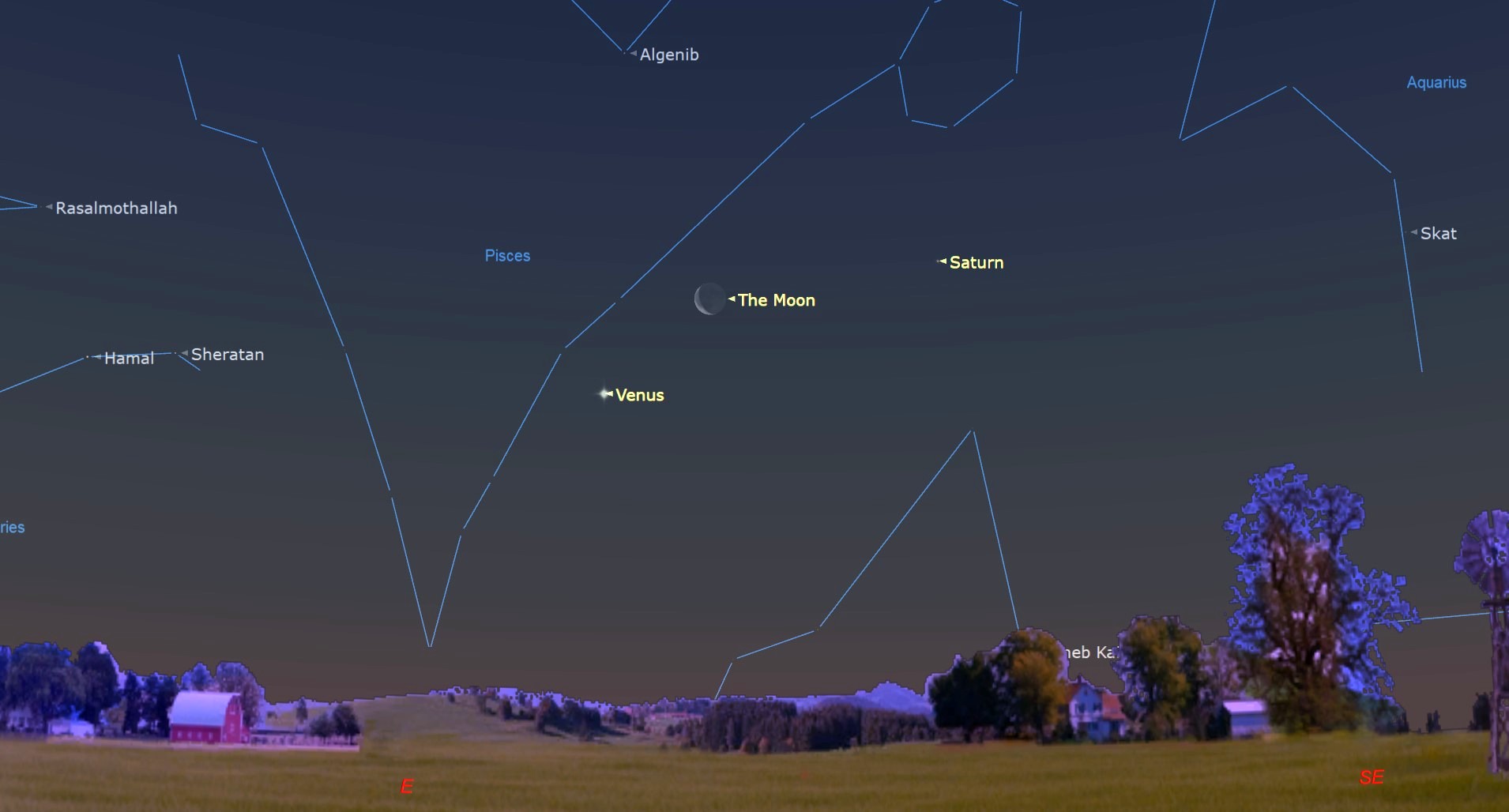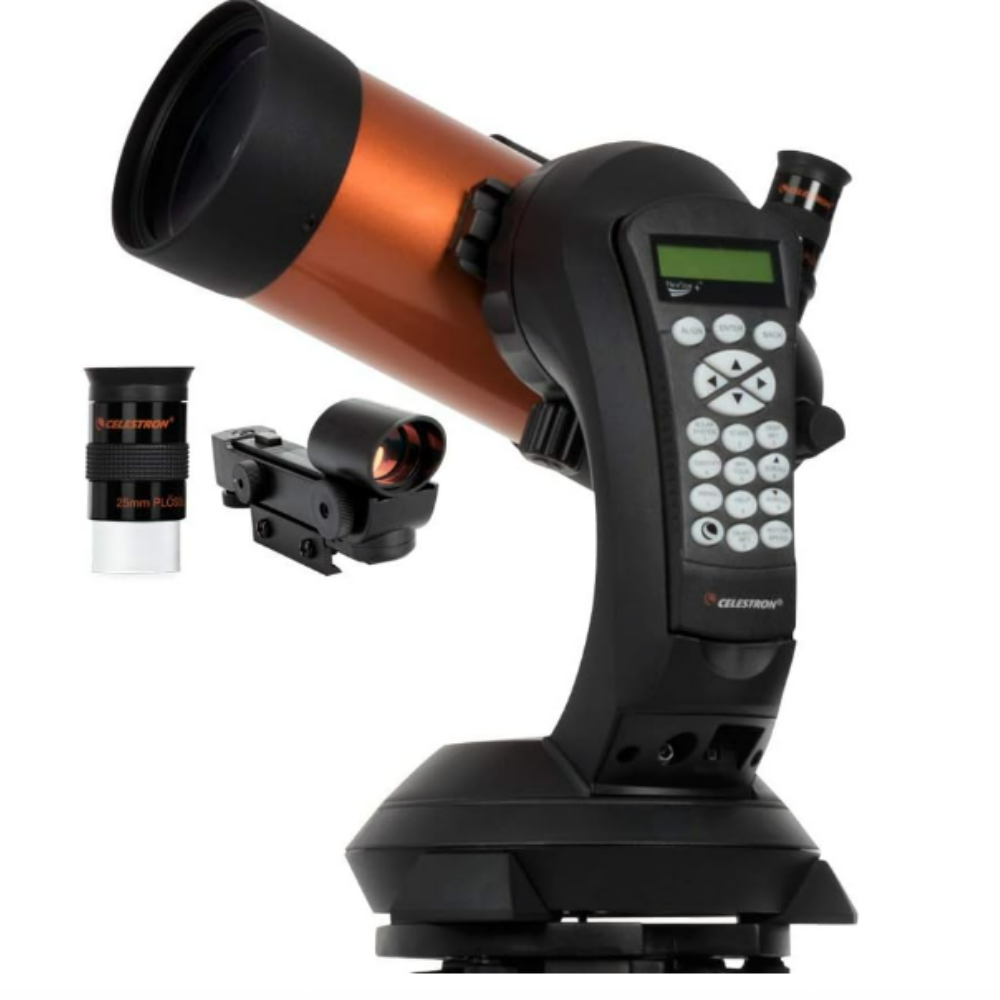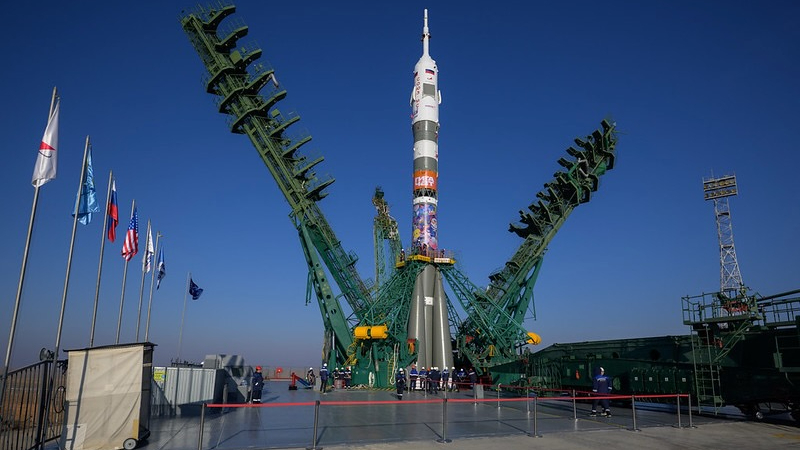The moon and Venus kick off Memorial Day weekend with a lovely conjunction early on May 23
For North Americans, this is an eye-catching sight, visible even from brightly lit cities.

Should your local weather forecast suggest that Friday morning — the start of the Memorial Day Holiday Weekend — will be fair and clear, it will be well worth setting your alarm clock to awaken you about 90 minutes before the sun comes up. If you head outside at that early hour and if you have a clear and unobstructed view toward the east, you will be treated to a lovely pairing of the two brightest objects in the night sky.
You'll immediately notice the crescent moon; appearing slender and sliver, its disk will be illuminated just 16 percent by sunlight. And hovering to the lower left of the lunar crescent will be the planet Venus, shining like a brilliant silvery-white celestial lantern of magnitude -4.5. The two objects will be separated by a rather wide gap: roughly 7 degrees, which is approximately equal to three-quarters of the apparent width of your fist held at arm's length.
Certainly, this won't be an exceptionally close approach between these two objects but their great brilliance makes them an eye-catching sight in the early morning sky.
Of course, what we are seeing is an illusion of perspective. On this particular morning, the moon is 225,700 miles (363,300 km) from Earth, while Venus is 259 times more distant at 58.5 million miles (94.1 million km). Venus will arrive at its greatest western elongation — its greatest angular distance west of the sun — on June 1. But it actually will slowly get higher in the eastern morning sky right on through the first half of the summer. Currently it's rising just shy of two hours before the sun, but by the third week of July that will have increased to three hours.

Want to see the features of the moon in detail? The Celestron NexStar 4SE is ideal for beginners wanting quality, reliable and quick views of celestial objects. For a more in-depth look at our Celestron NexStar 4SE review.
And Venus will shine at nearly the same brilliance for a number of mornings to come.
Venus currently rises in the east at 3:35 a.m. local daylight time. The eerie, low glimmering of Venus is a harbinger of daybreak, which begins exactly at that same time. In a telescope, Venus's illuminated portion has fattened to 45-percent; almost half full.
And once you know where Venus is relative to the moon, see if you can keep track of it after the sun has come up. You should have no problem glimpsing it in the daytime; a tiny white speck against the blue sky.
Breaking space news, the latest updates on rocket launches, skywatching events and more!
And Saturn too!
Incidentally, on Friday while you're admiring Venus and the moon, take a moment to also look for Saturn. You'll readily see it shining complacently, approximately 10 degrees ("one fist") to the right of the crescent moon.
You might recall how there was considerable ballyhoo over a recent formation between the moon, Venus and Saturn on April 25th, stating that it would resemble a smiley face in the dawn sky that morning. But what many failed to take into account was that all three objects would be very low in the eastern sky and deeply embedded in the bright dawn twilight.
Those who awoke early that morning could easily see Venus thanks to its great brilliance, but had a bit more difficulty seeing the smile created by the crescent moon, only 9 percent illuminated. But unless you had binoculars, you may have missed out on seeing Saturn, because it was likely swamped by the growing light of the approaching sunrise.
However, you'll have another chance at seeing all three objects on Friday morning, and this time the task will be much easier. For one thing, all three will rise earlier and appear higher against a darker backdrop of the eastern sky. The lunar crescent will be 7 percent wider compared to last month and unlike last month, Saturn should be readily seen with your unaided eyes.
Keep in mind that it will appear much dimmer than Venus — only 1/191 as bright. Shining at magnitude +1.2, it's almost the dimmest Saturn ever gets. The reason is that its nearly edge-on rings will contribute almost no light. But in spite of this, you should not have any problems sighting Saturn's sedate yellow-white glow against the early light of dawn.
A lovely way to kick off the unofficial start of summer.
Want to get out and explore the night sky this summer? Our guides for the best binoculars deals and the best telescope deals now can help you find the gear you need.
Our guides on the best cameras for astrophotography and best lenses for astrophotography can also help you prepare to capture the next skywatching sight.
Joe Rao serves as an instructor and guest lecturer at New York's Hayden Planetarium. He writes about astronomy for Natural History magazine, Sky and Telescope and other publications.

Joe Rao is Space.com's skywatching columnist, as well as a veteran meteorologist and eclipse chaser who also serves as an instructor and guest lecturer at New York's Hayden Planetarium. He writes about astronomy for Natural History magazine, Sky & Telescope and other publications. Joe is an 8-time Emmy-nominated meteorologist who served the Putnam Valley region of New York for over 21 years. You can find him on Twitter and YouTube tracking lunar and solar eclipses, meteor showers and more. To find out Joe's latest project, visit him on Twitter.
You must confirm your public display name before commenting
Please logout and then login again, you will then be prompted to enter your display name.
